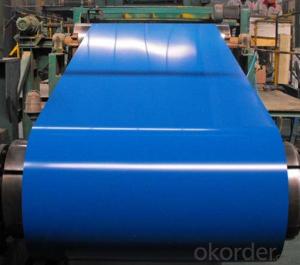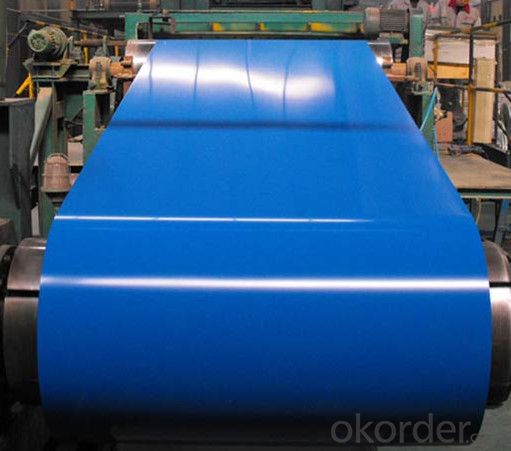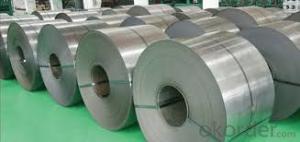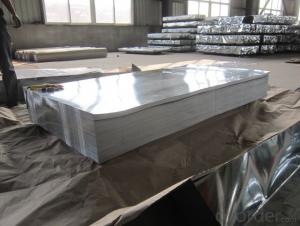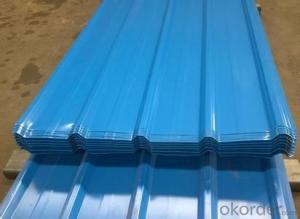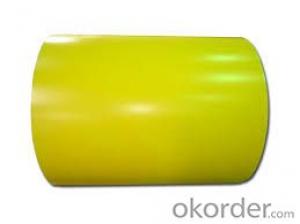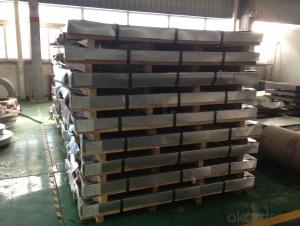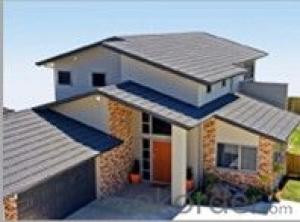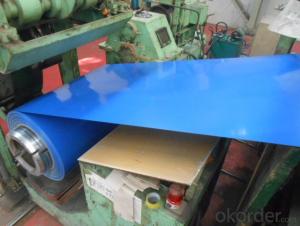Prepainted Galvanized Color Steel Plate High Quality Low Price
- Loading Port:
- Tianjin
- Payment Terms:
- TT OR LC
- Min Order Qty:
- 3000 PCS
- Supply Capability:
- 40000 PCS/month
OKorder Service Pledge
Quality Product, Order Online Tracking, Timely Delivery
OKorder Financial Service
Credit Rating, Credit Services, Credit Purchasing
You Might Also Like
High Quality Low Price Prepainted Galvanized Color Steel Plate Details
| Name | Low price high quality prepainted galvanized color steel plate | Standard | AISI,ASTM,BS,DIN,JIS |
| Grade | EN10142, EN10346, EN10169, JIS G3302, JIS G3321 etc, as required | Thickness | 0.14-1.2mm |
| Place of Origin | China (Mainland) | Model Number | PPGI, PPGL, TSGCC, CGCC, CGLCC, etc |
| Technique | Cold Rolled | Surface Treatment | Coated |
| Application | Structural use ,roofing, commercial use, household appliance,etc. | Special Use | High-strength Steel Plate |
| Width | 600--1250mm(as customized) | Length | as customers requirement |
| Color | RAL color or as you wanted |
Packaging Detail:Seaworthy packing. Or as customer's request.
Delivery Detail:PPGI/PPGL :15--30days after receiving your deposit or L/C
High Quality Low Price Prepainted Galvanized Color Steel Plate Feature
1) Excellent Corrosion Resistance, Heat Resistance.
2) Formability.
3) Decoration.
4) Excellent Workability.
5) Various color
High Quality Low Price Prepainted Galvanized Color Steel Plate Pictures
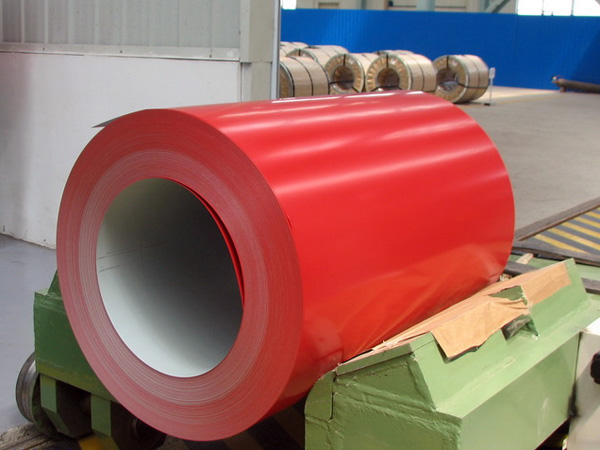
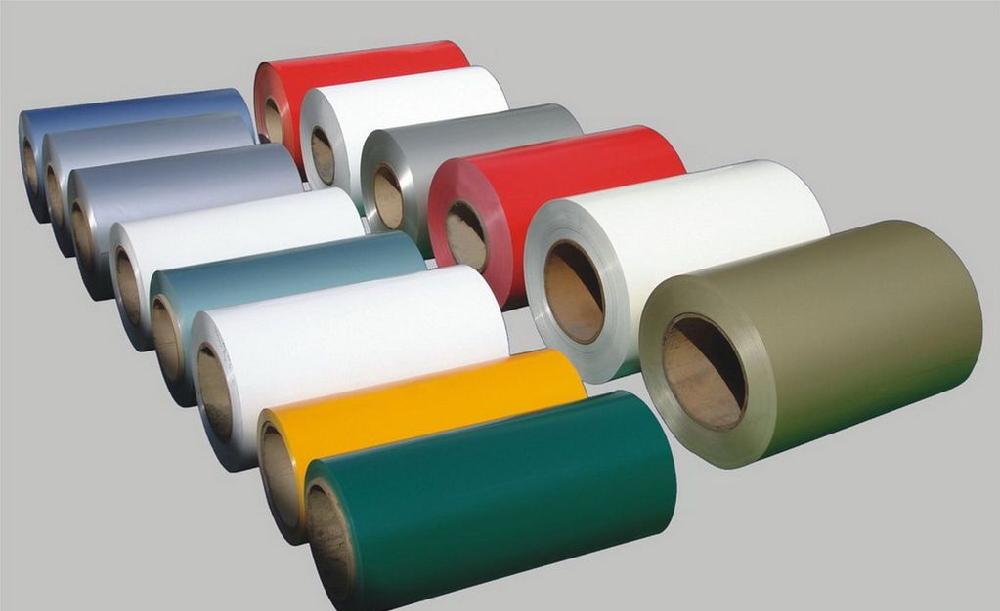
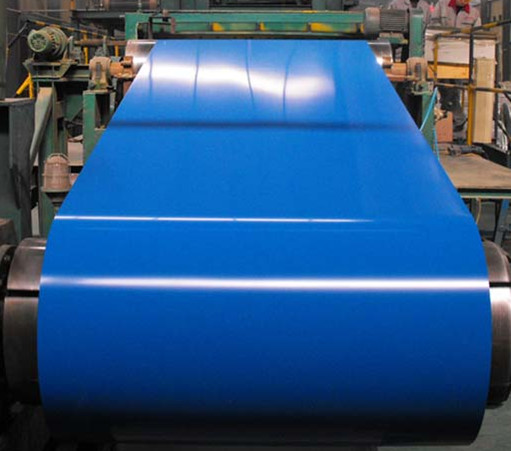
- Q: What is the average thickness tolerance for steel sheets?
- The specific grade and manufacturing process can cause the average thickness tolerance of steel sheets to vary. Nonetheless, the industry standard for cold-rolled steel sheets is typically ±0.005 inches (0.13 mm) for sheets up to 36 inches wide, and ±0.010 inches (0.25 mm) for sheets wider than 36 inches. In the case of hot-rolled steel sheets, the average tolerance is usually higher and ranges from ±0.010 inches to ±0.060 inches (0.25 mm to 1.52 mm) depending on the sheet's thickness and width. It is worth noting that these values are averages, and manufacturers may establish their own tolerances based on customer demands and production capabilities.
- Q: Can steel sheets be recycled without losing their properties?
- Yes, steel sheets can be recycled without losing their properties. Steel is a highly recyclable material, and the recycling process does not affect its inherent properties such as strength, durability, and corrosion resistance. Recycling steel sheets helps conserve natural resources, reduces energy consumption, and minimizes environmental impact.
- Q: What are the different surface finishes for galvalume steel sheets?
- The different surface finishes for galvalume steel sheets include regular spangle, minimized spangle, and zero spangle. Regular spangle has a shiny, reflective surface, minimized spangle has a less noticeable spangle pattern, and zero spangle has a smooth, matte finish.
- Q: What are the advantages of using steel sheets in automotive manufacturing?
- There are several advantages of using steel sheets in automotive manufacturing. Firstly, steel sheets provide high strength and durability, making them ideal for withstanding the harsh conditions and stresses experienced by vehicles on the road. This strength allows for safer and more reliable vehicles, as steel sheets provide a strong protective structure that can absorb impact energy in the event of a collision. Secondly, steel sheets offer excellent formability, which means they can be easily shaped and molded into various complex designs required for automotive parts. This versatility allows for the creation of intricate and precise components, ensuring a perfect fit and optimal performance. Additionally, steel sheets have good corrosion resistance properties, which is crucial for automotive applications. Vehicles are subjected to various environmental factors such as moisture, salt, and chemicals, which can lead to rust and corrosion. By using steel sheets with protective coatings, manufacturers can ensure that their vehicles have a longer lifespan and maintain their aesthetic appeal. Moreover, steel sheets are readily available and cost-effective compared to other materials used in automotive manufacturing. Steel is a widely used material in various industries, which means there is a well-established supply chain for steel sheets. This availability not only guarantees a consistent supply for automotive manufacturers but also helps keep production costs manageable. Lastly, steel sheets provide excellent thermal conductivity, which is essential for heat dissipation in automotive applications. Vehicles generate a significant amount of heat, especially in the engine and exhaust systems. Steel sheets help in efficiently transferring and dissipating this heat, preventing overheating and ensuring optimal performance. In conclusion, the advantages of using steel sheets in automotive manufacturing include high strength and durability, excellent formability, good corrosion resistance properties, cost-effectiveness, and efficient heat dissipation. These factors make steel sheets a preferred choice for producing safe, reliable, and long-lasting vehicles.
- Q: What are the main applications of steel sheets?
- Due to their durability, strength, and versatility, steel sheets have a wide range of applications in various industries. Some of the main uses of steel sheets include: 1. Construction: The construction industry extensively utilizes steel sheets for constructing beams, columns, and structural frames. These sheets provide strength and stability to buildings, bridges, and other infrastructure projects. 2. Automotive industry: In the automotive industry, steel sheets are widely used for manufacturing vehicle bodies, chassis, and other structural components. This is because they offer high strength and impact resistance, ensuring passenger safety. 3. Manufacturing and machinery: Steel sheets are employed in the manufacturing sector for fabricating heavy machinery, equipment, and industrial tools. Their high tensile strength and resistance to wear and tear make them suitable for demanding applications. 4. Appliances and electronics: Household appliances such as refrigerators, washing machines, and ovens commonly incorporate steel sheets. These sheets provide a sturdy and durable outer casing, protecting the internal components. 5. Energy and power generation: In the power generation industry, steel sheets are essential for constructing power plants, transmission towers, and wind turbines. They can withstand extreme weather conditions and provide structural integrity. 6. Packaging industry: Steel sheets are utilized in the manufacturing of packaging materials like cans, drums, and containers. They ensure the safety and preservation of goods during transportation and storage. 7. Aerospace and defense: The aerospace and defense sectors rely on steel sheets for manufacturing aircraft parts, missiles, and armored vehicles. This is due to their high strength-to-weight ratio, which is crucial for these industries. 8. Furniture and interior design: Steel sheets are incorporated in the production of furniture, fixtures, and decorative elements. They offer a modern and sleek appearance while providing durability and stability. In conclusion, steel sheets are highly versatile and find applications in numerous industries, thanks to their strength, durability, and diverse range of properties.
- Q: Can steel sheets be used in medical applications?
- Yes, steel sheets can be used in medical applications. They are commonly used in the manufacturing of medical instruments, surgical equipment, and medical furniture due to their strength, durability, and corrosion resistance properties.
- Q: Are steel sheets resistant to warping or bending?
- Yes, steel sheets are known for their high resistance to warping or bending due to their strong and rigid nature.
- Q: Can steel sheets be used for manufacturing musical instruments?
- Yes, steel sheets can be used for manufacturing musical instruments. Steel is a versatile material that can be shaped and tuned to produce various sounds. It is commonly used in instruments like steel guitars, steel drums, and some percussion instruments.
- Q: What are the different certification standards for steel sheets?
- There are various certification standards for steel sheets, including ISO 9001 which ensures quality management systems, ISO 14001 which focuses on environmental management systems, and ASTM A568/A568M which specifies the general requirements for steel sheet products. Additionally, there are standards such as ASTM A653/A653M for hot-dip galvanized steel sheets and ASTM A1008/A1008M for cold-rolled steel sheets. These standards help ensure the quality, performance, and compliance of steel sheets in different applications.
- Q: What is the difference between a steel sheet and a steel plate?
- The differences between a steel sheet and a steel plate are significant. Firstly, the thickness of a steel sheet is typically less than 6mm, whereas a steel plate is generally thicker, measuring 6mm or more. This discrepancy in thickness is primarily attributed to the intended purpose of each product. Steel sheets are commonly used in scenarios where weight and flexibility are crucial, such as in the production of automobile bodies or appliances. Conversely, steel plates are frequently employed in heavy-duty constructions such as bridges, buildings, or machinery, where strength and durability are of utmost importance. Another distinction can be found in the manufacturing process. Steel sheets are usually created through hot rolling, which involves heating the steel above its recrystallization temperature and subsequently passing it between rollers to achieve the desired thickness. On the other hand, steel plates can be made through either hot rolling or cold rolling processes. Cold rolling entails passing the steel through rollers at room temperature, resulting in a more precise and smoother surface finish. Furthermore, the size of steel sheets and plates also differs. Steel sheets are often standardized in terms of width and length, making them more manageable and easier to transport. In contrast, steel plates are available in various sizes and dimensions, providing greater customization options to suit specific project requirements. To summarize, the key distinctions between a steel sheet and a steel plate lie in their thickness, manufacturing process, and intended use. Steel sheets are thinner and lighter, while steel plates are thicker and utilized in heavy-duty applications that demand strength and durability.
Send your message to us
Prepainted Galvanized Color Steel Plate High Quality Low Price
- Loading Port:
- Tianjin
- Payment Terms:
- TT OR LC
- Min Order Qty:
- 3000 PCS
- Supply Capability:
- 40000 PCS/month
OKorder Service Pledge
Quality Product, Order Online Tracking, Timely Delivery
OKorder Financial Service
Credit Rating, Credit Services, Credit Purchasing
Similar products
Hot products
Hot Searches
Related keywords
